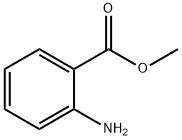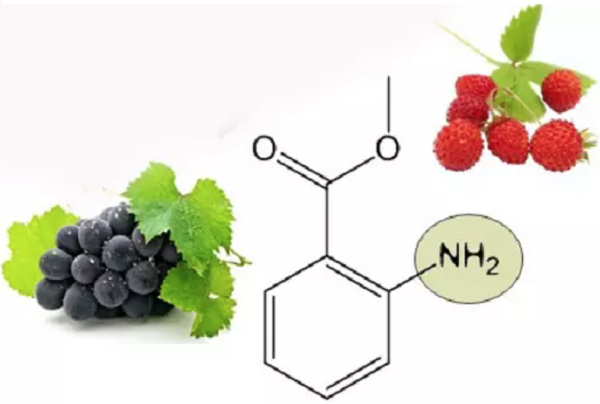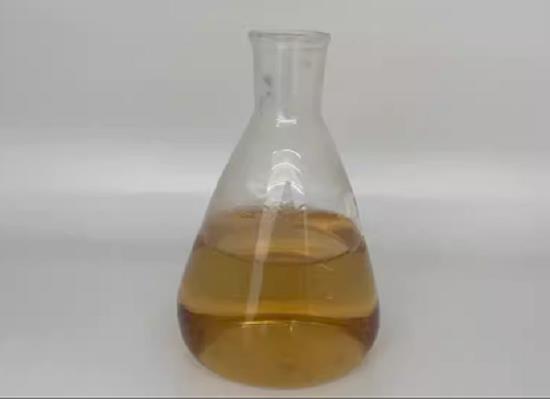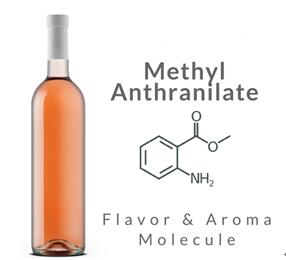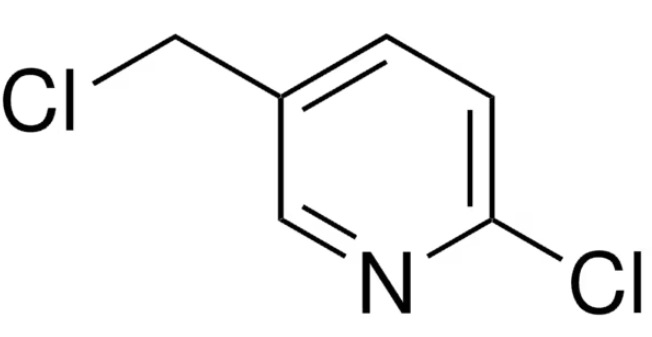Natural Methyl Anthranilate: A Comprehensive Overview
Introduction
Methyl anthranilate (MA) is the characteristic flavor compound of Concord grapes and also appears in several essential oils such as neroli and bergamot oils. MA is one of the key compounds in the aroma of woodland strawberry (Fragaria vesca), giving fruity, sweet, soapy or grape notes. Methyl anthranilate has impact from very low amounts and is very beautiful when used in a Mellis accord with Hydroxycitronellal, Eugenol, Patchouli and Benzyl Salicylate.
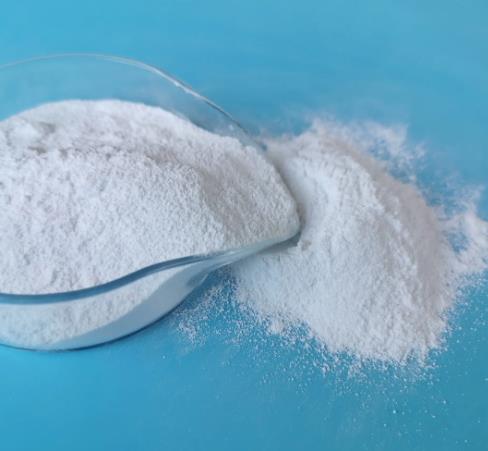
Production method
Anthranilic acid, used as a natural precursor of methyl anthranilate, has been found in acid hydrolysates of casein and peptone, being cheap byproducts of the food industry. Using microbial enzymes in the presence of 10% methanol, anthranilic acid was esterified to methyl anthranilate. However, this enzymatic esterification of anthranilic acid to obtain methyl anthranilate suffers from problems such as low yields and the expensiveness of the biocatalysts. As the used methanol showed denaturation effects of the protein, maximum yields of 10% of MA were obtained. On the other hand, such a procedure allows the production of other important compounds such as methyl cinnamate or methyl salicylate.
The de novo synthesis of methyl anthranilate by two species of fungi belonging to the Polyporaceae, Pycnoporus cinnabarinus and Poria cocos, has been reported. Unfortunately, this method is afflicted with long incubation times and low yields. Best results were obtained with P. cinnabarinus I-397 at a low nitrogen concentration, the use of maltose as the carbon source, uncontrolled pH, and 1-day-old spores as the source of inoculum; 18.7 mg/L of methyl anthranilate was produced under these conditions after 5 days of cultivation. In addition, different peroxidase preparations were used to demethylate N-methyl methyl anthranilate. One clear-cut benefit is the short incubation time using these enzyme preparations. However, the use of relatively pure enzymes and the lack of reusability of the biocatalyst are counterproductive for largeup-scale processes.
SCHREIER et al report a produciton method: Bacillus megaterium, isolated in a screening process from topsoil, was used for N-demethylation of natural N-methyl methyl anthranilate to produce natural methyl anthranilate. Maximal productivity of 70 mg/L/day was achieved under laboratory-scale conditions without further optimization. No byproducts were observed. Thus, producing “natural” methyl anthranilate using B. megaterium is a significant improvement over comparable existing procedures.
Uses
Methyl anthranilate is widely used in the industry for food flavourings and perfume compositions. A consumption of 27 tons/year by the flavour industry is reported, but because of its very low concentrations in plants, no methyl anthranilate “ex plant” is available.
Besides that, methyl anthranilate is a potent agonist molecule against D. suzukii egg development. During the past decade, Drosophila suzukii has established itself as a global invasive fruit pest, enabling it to lay eggs into fresh, ripening fruit. Researchers found that methyl anthranilate alone triggers embryo lethality in a concentration-dependent manner, unlike another comparable organic fruit compound. In addition, a chemical fraction of the resistant strawberry accession that contains methyl anthranilate carries some activity toward the egg-hatching rate. Surprisingly, despite the lethal effect of this compound on their eggs, adult females are attracted to methyl anthranilate at certain concentrations and display a concentration-dependent preference to lay on substrates enriched in methyl anthranilate.
References:
[1] MARCUS TAUPP. Production of Natural Methyl Anthranilate by Microbial N-Demethylation of N-Methyl Methyl Anthranilate by the Topsoil-Isolated Bacterium Bacillus megaterium[J]. Journal of Agricultural and Food Chemistry, 2005, 53 24: 9297-9638. DOI:10.1021/jf0521395.[2] LASSE B BR?CKER. A strawberry accession with elevated methyl anthranilate fruit concentration is naturally resistant to the pest fly Drosophila suzukii.[J]. ACS Applied Bio Materials, 2020. DOI:10.1371/journal.pone.0234040.
Related articles And Qustion
Lastest Price from Methyl anthranilate manufacturers
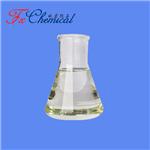
US $0.00/KG2025-04-21
- CAS:
- 134-20-3
- Min. Order:
- 1KG
- Purity:
- 98%min
- Supply Ability:
- 30tons/month
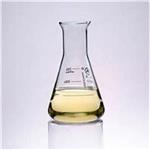
US $6.00/kg2025-04-21
- CAS:
- 134-20-3
- Min. Order:
- 1kg
- Purity:
- 99%
- Supply Ability:
- 2000KG/Month
